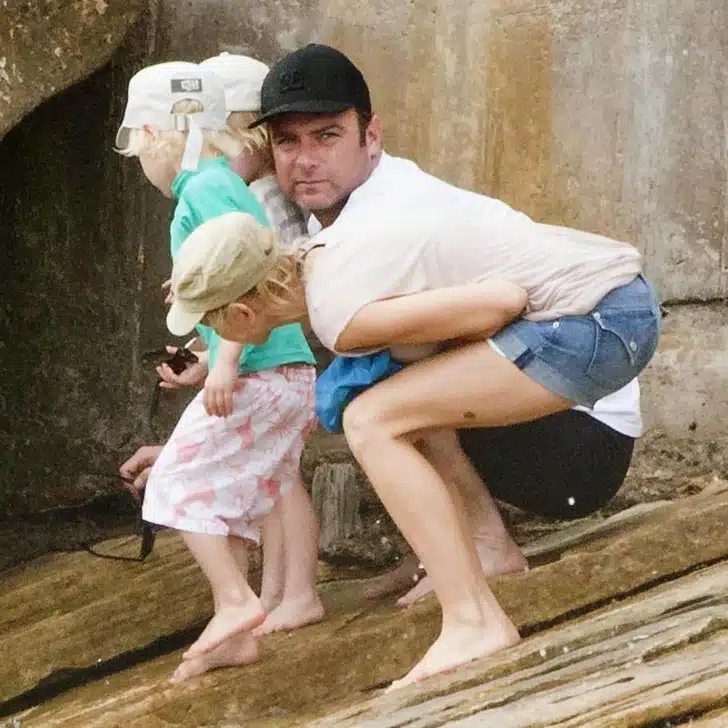
Have you ever looked at a photo and felt your brain short-circuit for a second? That’s the magic of mind-bending images. They take something ordinary, twist it with perspective, timing, or sheer coincidence, and suddenly you’re left wondering, “Wait… what am I looking at?” These photos challenge your perception, make you second-guess reality, and keep you glued to the screen a little longer than you planned.
Video: Photos You’ll Have To Look At Twice
Why Our Brains Love a Good Visual Trick
Humans are wired to make sense of what we see. When something breaks those rules—like a cat that seems to be wearing a thong or a man whose head appears to vanish—it throws our brain into problem-solving mode. We zoom in, tilt our heads, and analyze every detail. That curiosity is addictive. And for online creators, it’s pure gold: the longer someone looks, the better the engagement, and the higher the chances of boosting Google AdSense RPM.
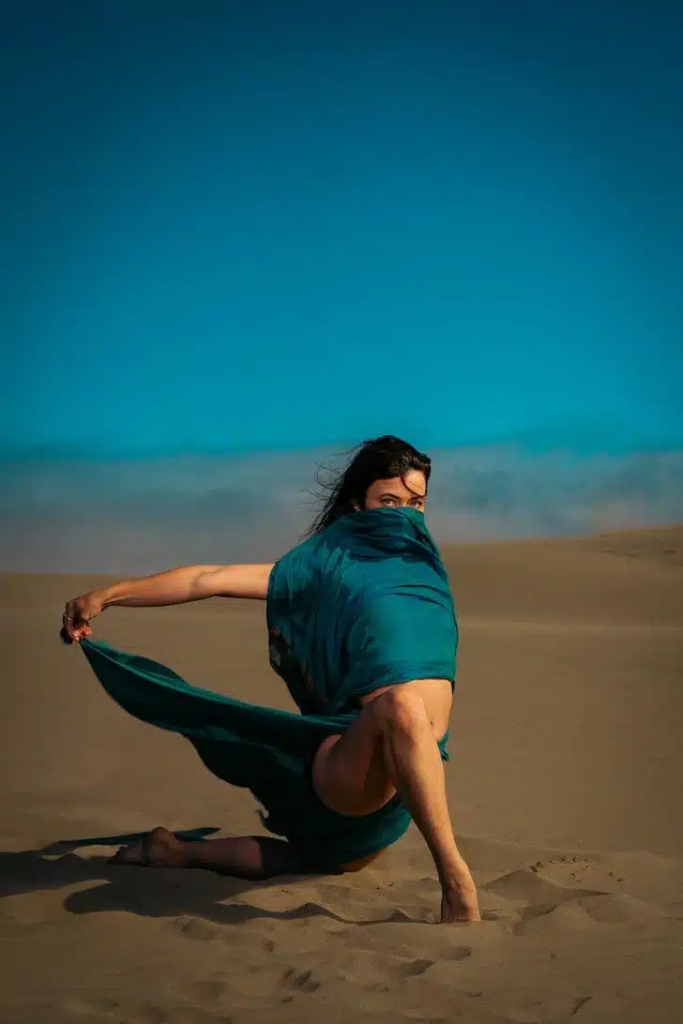
A New Perspective on Ordinary Moments
Some illusions happen by accident. Others are carefully staged. But they all have one thing in common: they show us the world from an angle we’re not used to.
- “Family Trip” — Looks like a typical vacation shot until you notice the horizon and background don’t quite match your expectations.
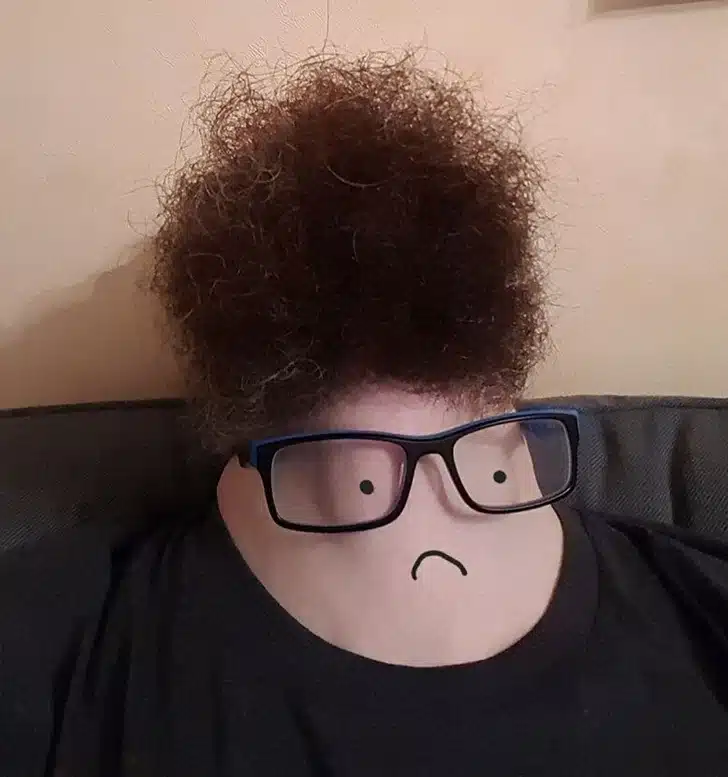
- A windswept photoshoot in 30mph+ sand dunes, where fabric, hair, and dust swirl into a surreal blur.
- The now-famous “cat in a thong” illusion—completely innocent, but guaranteed to get a double take.
Video: You Have To LOOK TWICE To Understand
These aren’t just pictures. They’re tiny brain teasers that pull you in without asking permission.
The Unplanned Magic of Everyday Life
The best illusions aren’t always carefully planned—they’re moments you couldn’t replicate if you tried.
- A bearded friend tilts his head up, and suddenly his face becomes an abstract swirl of hair and shadows.
- Two dogs lying side by side somehow blend into one “conjoined doggo.”
- An angle so perfect, it makes a pair of legs look impossibly long.
- A man lying on a patterned bedspread where his head seems to disappear into thin air.
They prove that sometimes, the most mind-bending moments are hiding in plain sight.
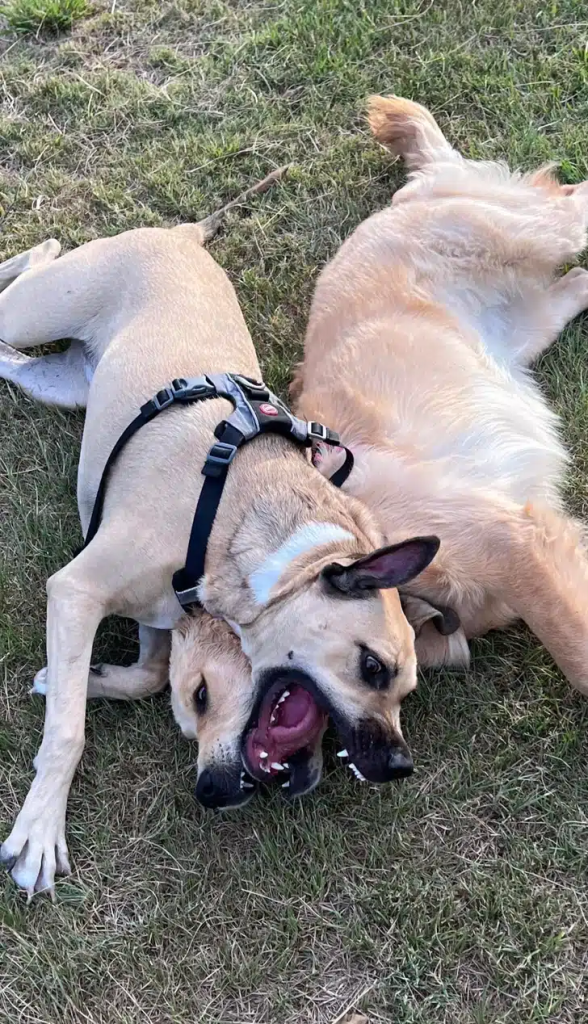
How to Capture Your Own Illusion Photos
If you want to create shots that make people stop scrolling, here’s your cheat sheet:
- Experiment with perspective — Shoot from the ground up or over the top for unexpected proportions.
- Use natural framing — Doorways, mirrors, and reflections can trick the eye without Photoshop.
- Play with shadows — They can add a whole extra “character” to your shot.
- Stay ready — Most great illusions are fleeting moments. Keep your camera (or phone) within reach.
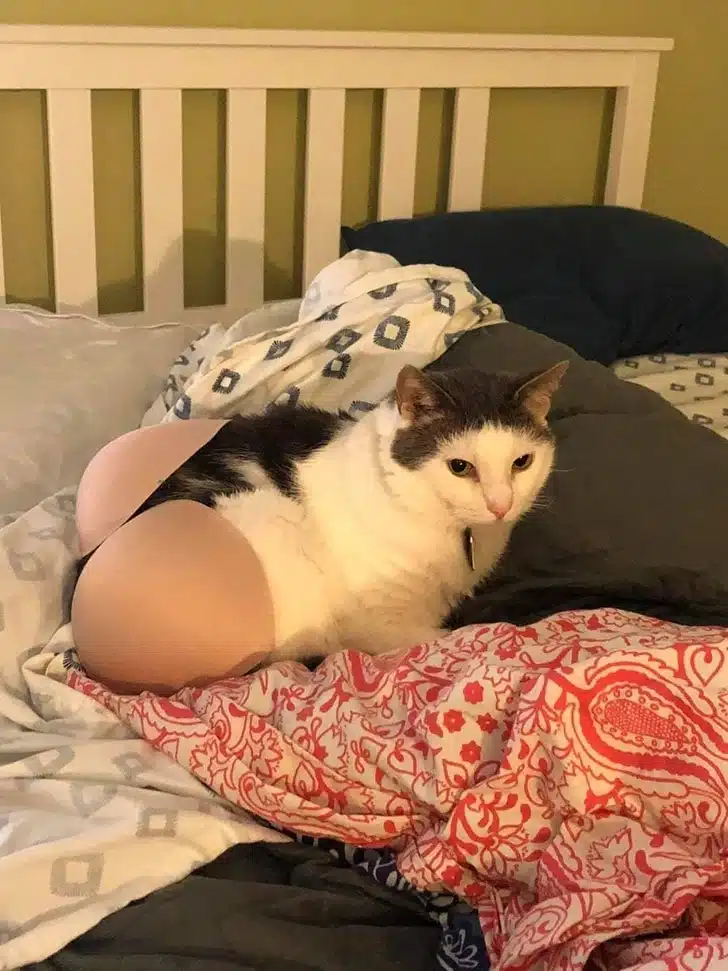
Why Illusions Crush It on Social Media
There’s a reason these photos go viral:
- They’re shareable — People want to send them to friends with a “You have to see this!” message.
- They keep viewers engaged — The confusion makes people stare longer, boosting time on page.
- They work in any niche — Travel, pets, fashion, or just everyday life—it all works if the illusion is strong.
Video: These Photos Will 100% Make You LOOK TWICE!
From an ad revenue perspective, every extra second someone spends looking at your image increases the odds they’ll see and click on a well-placed ad. That’s exactly what drives higher RPM.
From Confusion to Connection
The best part? These illusions spark conversation. In the comments, you’ll see wild guesses, jokes, and debates over what’s “really” happening. That kind of interaction isn’t just fun—it’s a signal to social media algorithms and search engines that your content is worth showing to more people.
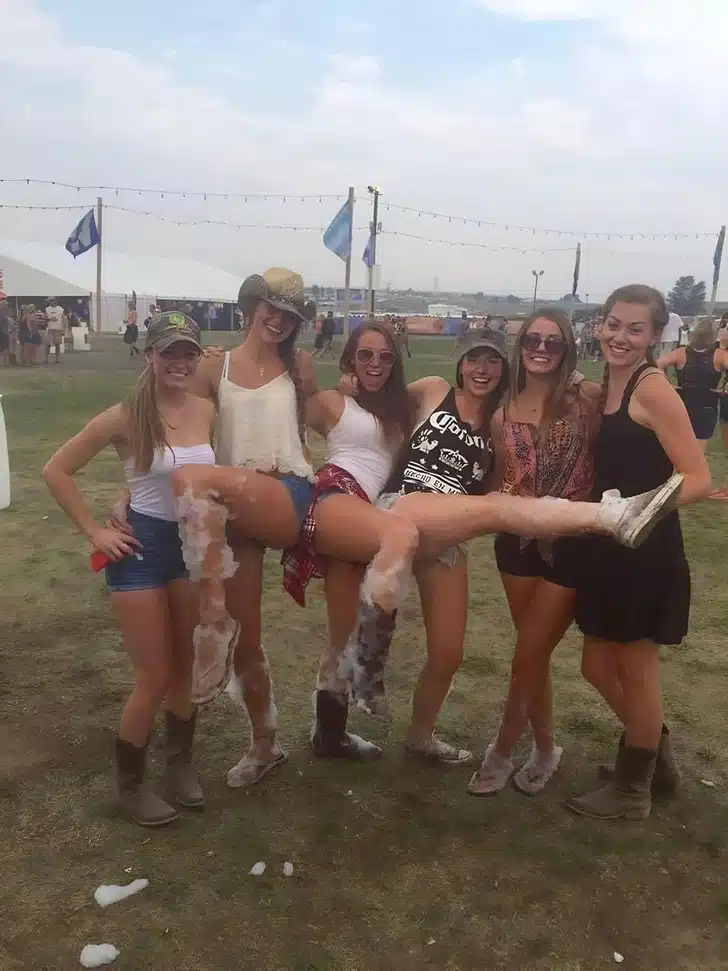
Why We Can’t Look Away
The science behind it is simple: our brains like solving puzzles. When your eyes tell you one thing and your brain insists on another, you get that satisfying “aha!” moment when you finally figure it out. And once you’ve had that feeling, you want it again—so you keep scrolling.
Video: Photos You Have To Look At Twice To Understand
More Mind-Benders You’ll Never Forget
- A reflection that flips a whole scene upside down, making you question which side is real.
- A perfectly timed jump that makes it look like someone is levitating.
- Objects lined up so precisely that two separate things merge into one.
- A shadow that looks more “real” than the object casting it.
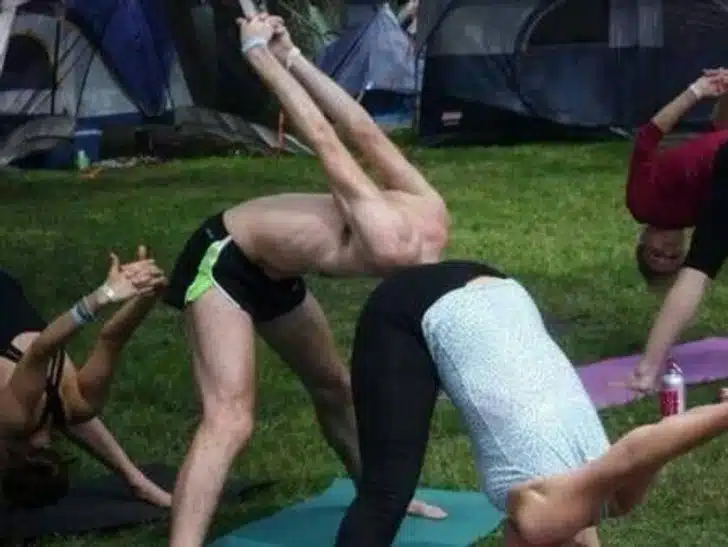
Every single one of these makes you slow down—something rare in today’s endless-scroll culture.
Optical illusion photography isn’t just about tricking the eye—it’s about capturing the magic in everyday life. It makes us pause, smile, and sometimes scratch our heads in disbelief. And for anyone creating content online, it’s a powerful tool to engage audiences, start conversations, and keep people on the page longer.

So the next time you see something strange through your camera lens, don’t dismiss it—take the shot. You might just end up with the kind of mind-bending photo that stops people mid-scroll… and maybe even boosts your bottom line.